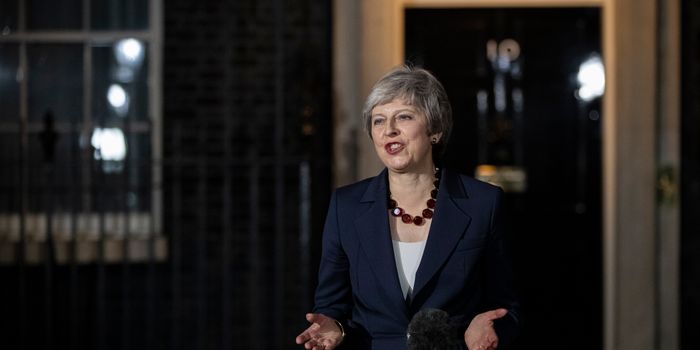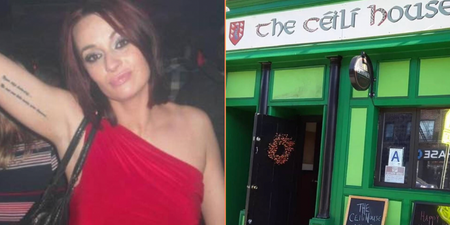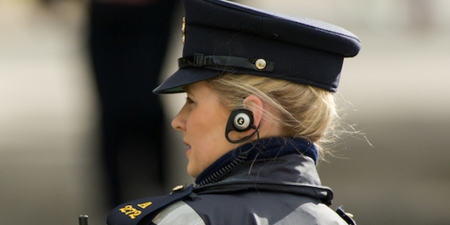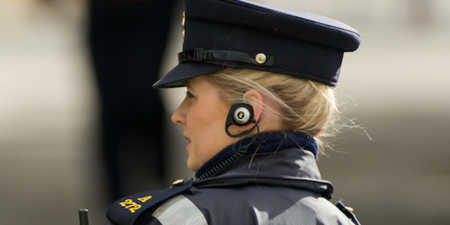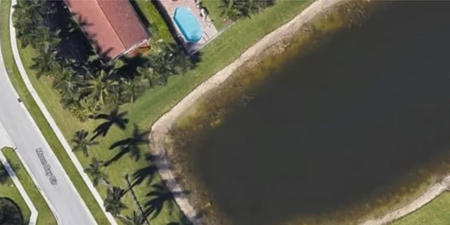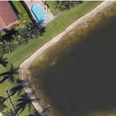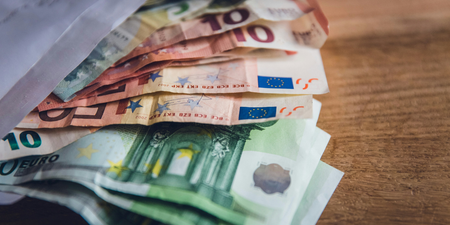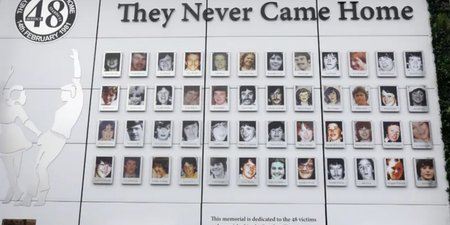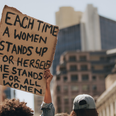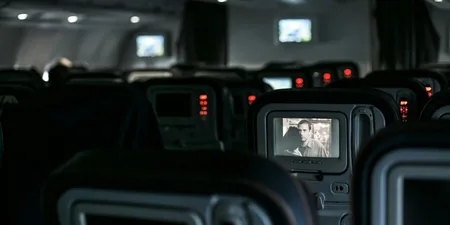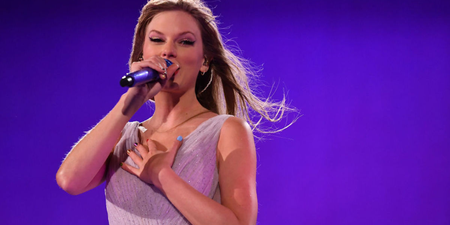More than two years after Britain voted to leave the EU, the UK cabinet have backed a draft withdrawal agreement put together by British and EU negotiators.
But the news has already sparked a huge reaction and fallout, with a number of high-profile ministers resigning.
Here is everything we know about it so far, and what it means for Ireland.
What is the withdrawal agreement?
On Wednesday evening, Theresa May spoke in front of 10 Downing Street, saying that the cabinet had had a “long, detailed and impassioned debate” and cabinet has agreed draft Brexit withdrawal agreement.
However, she added, the decision was “not taken lightly”.
She also said the draft withdrawal agreement was “the best that could be negotiated” called the decision to accept it as a “decisive step forward”.
The 585-page draft agreement was published online shortly before 8pm on Wednesday, and can be found in full here.
Beyond a brief, seven-page outline of what the two sides see as the future of their trading relationship, the draft agreement covers three main areas:
- A financial settlement with the EU to meet agreed commitments.
- The rights of EU citizens in the UK and British citizens on the continent post-Brexit.
- A way to prevent a hard border in Ireland.

What is the backstop?
Basically, a condition in the agreement designed to avoid a hard border in Ireland post-Brexit.
The European Union’s Chief Brexit negotiator Michel Barnier said yesterday that the draft agreement – which included a solution to avoiding a hard border – was a big step in the Brexit talks.
He said [via RTE] that Northern Ireland would remain in the same customs territory as the rest of the UK – however, the area would also stay aligned to some EU regulations to avoid a hard border.
The transitional period will last from Brexit day – which is March 29, 2019 – until December 31, 2020.
Mr Barnier told the press conference the transition period can be extended “for a limited period of time”. He added that the backstop would only come into effect if at the end of this period, only if there is no better solution.
However, he noted that the goal is to reach a new EU-UK agreement before the transition period comes to an end.
He said:
“If we are not ready by July 2020, we could jointly decide to extend the transition to provide for more time.
“Only if, and the end of transition extended or not, we are still not there with the future agreement would the backstop decision agreed today kick in.”

What does it mean for Ireland?
Good things so far, seemingly.
Taoiseach Leo Varadkar said that the draft Brexit agreement is a “very solid step on the journey”, as he thanked Theresa May for being “true to her word.”
In a series of tweets on Wednesday night, he added that a “satisfactory agreement” had been reached in relation to Ireland’s four national priorities.
They are:
- Protecting the Good Friday Agreement.
- Maintaining the Common Travel Area & related benefits
- Reaffirming our place at the heart of the EU
- Protecting trade, jobs and the economy
He continued:
“Avoiding a hard border has proven to be one of the most difficult challenges. What has become know as ‘the backstop’ is now fully spelt out in the Withdrawal Agreement. The backstop would apply ‘unless and until’ a better solution is agreed.
“These negotiations have been a tough, difficult experience for everyone involved. I want to acknowledge Prime Minister May’s integrity in honouring her promise to protect the Peace Process & Good Friday Agreement. She has been true to her word.
“The Withdrawal Agreement states in black and white that Ireland & the EU fully respect the constitutional status of Northern Ireland as part of the UK, and that this can only change if the majority of people in NI want it to.”
Táiniste Simon Coveney told the Irish Independent that “from an Irish perspective the negotiations have been a success”.
And what happened on Thursday?
Brett Secretary Dominc Raab resigned on Thursday morning, saying that he “cannot in good conscience support” the draft agreement.
He said that one of the reasons for his resignation was that the “regime proposed for Northern Ireland presents a very real threat to the integrity of the United Kingdom”.
He added that the “backstop” arrangements which are aimed at preventing the return of a hard border in Ireland would mean the EU would hold “a veto over our ability to exit”.
Today, I have resigned as Brexit Secretary. I cannot in good conscience support the terms proposed for our deal with the EU. Here is my letter to the PM explaining my reasons, and my enduring respect for her. pic.twitter.com/tf5CUZnnUz
— Dominic Raab (@DominicRaab) November 15, 2018
Work and Pensions Secretary Esther McVey and junior Brexit minister Suella Braverman also resigned.
Ms McVey said in her letter of resignation that the agreement doesn’t “honour the result of the referendum, indeed it does not meet the tests you set from the outset of your premiership”.
Northern Ireland minister Shailesh Vara was also among the ministers who resigned on Thursday, saying that the agreement “leaves the UK in a halfway house with no time limit on when we will finally be a sovereign nation”.

What happens next?
The European Council is going to hold a summit in Brussels on November 25 to finalise the UK’s withdrawal agreement.
Council president Donald Tusk announced the news in a press conference alongside EU chief negotiator, Michel Barnier.
He said [via ITV] that Brexit was a “lose-lose” situation for both the UK and the EU, adding:
“As much as I am sad to see you leave, I will do everything to make this farewell the least painful possible, for you and for us.”
The agreement would then need to be ratified by the EU and UK parliaments.
